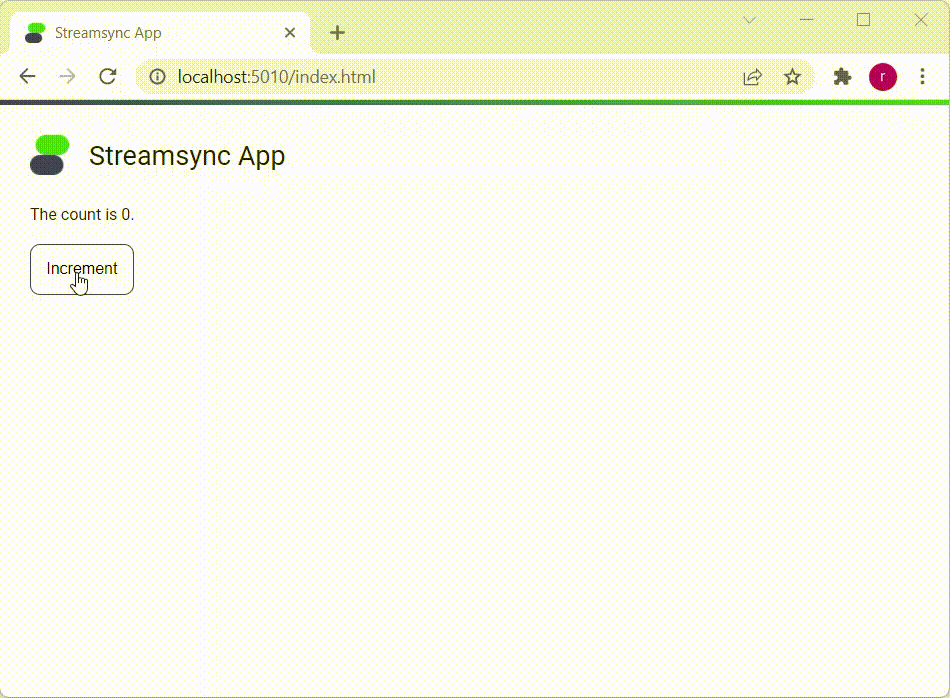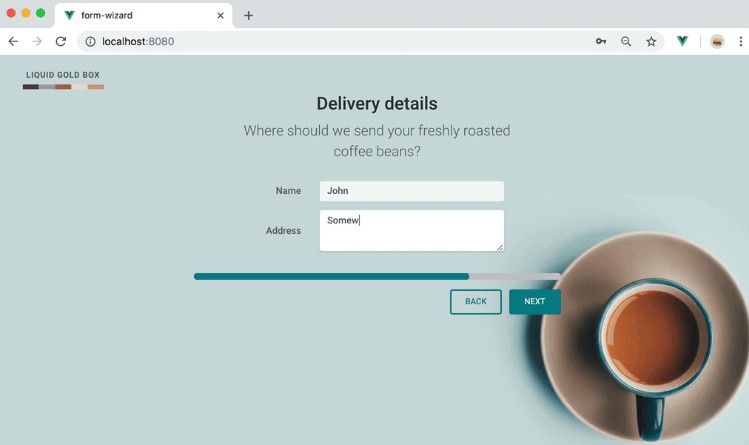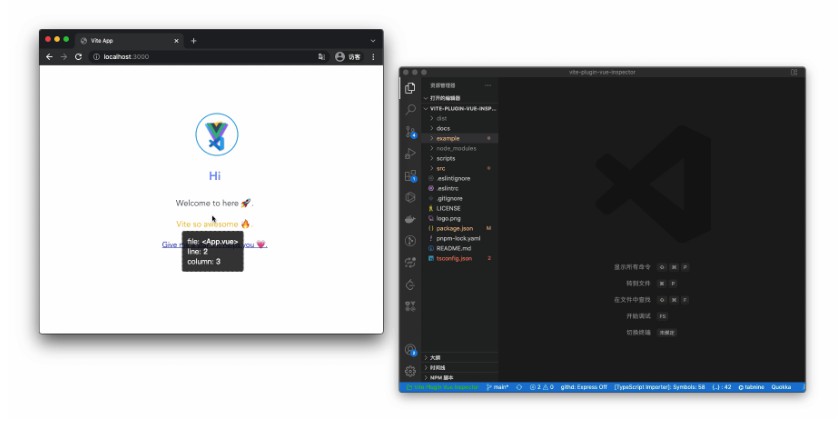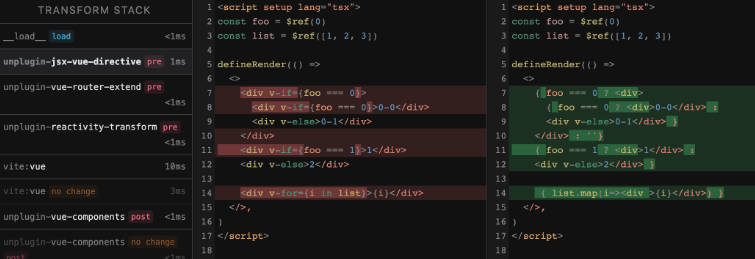Streamsync
Like Streamlit, but fast. A proof-of-concept framework built using JavaScript/Vue.js + Python/Flask + WebSockets.
By avoiding a rerun of the whole script, Streamsync can react more than 70 times faster. This is all achieved while maintaining a similar syntax. This repository is a companion to the following Medium article (no paywall), which explains how Streamsync was built, the tests conducted and the implications: https://medium.com/@ramiromedina/like-streamlit-but-fast-enabling-low-latency-data-apps-948b95b098a2.
Please note that for the time being Streamsync isn’t a viable, fully-fledged alternative to Streamlit, but rather a demonstration that a much faster alternative is possible. If there’s some interest, I’ll develop this into a viable alternative.
Sample app
import streamsync as ss
def increment(state, value=None): # Event handler which receives a copy of session state as an argument
state["counter"] += 1
ss.init_state({"counter": 0}) # State initialisation
ss.text("The count is @counter.") # Template strings with references to state values
ss.button("Increment", handlers={"click": increment}) # Linking components to event handlers
with ss.when(lambda state: state["counter"] >= 10 and state["counter"] < 20): # Conditional rendering
ss.text("Well done on reaching 10, here's a trophy: ?. Keep going!")
with ss.when(lambda state: state["counter"] >= 20):
ss.text("You've earned a gold medal for reaching 20 ?")
Getting Started
The easiest way to test Streamsync is to clone the repository and use the Dockerfile provided.
This will run the app “user_script.py” and map Flask’s port to 5010:
docker run -p 5010:5000 streamsync user_script
To access the frontend:
http://localhost:5010/index.html
To create your own app, start by creating a .py file into the /server folder. Feel free to explore the examples user_script.py, user_script_2.py and user_script_3.py to get familiar with the syntax.
Authors
- Ramiro Medina
License
This project is licensed under the MIT License.






